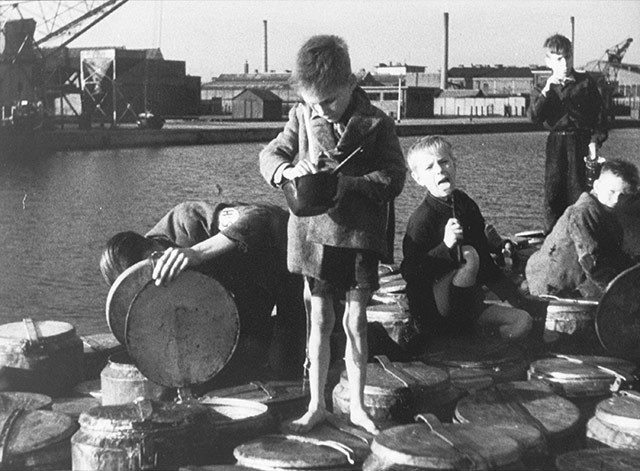In the Netherlands, the winter of 1944-1945 was one of the harshest on record. During this time a large part of the country suffered from severe shortages of food and fuel which in the end would result in the death of some 20.000 civilians. These problems had been foreseen for a long time. In September 1944 the first warnings of an impending food shortage reached the Dutch government in exile in London. Initially no action was taken. The Dutch officials and the Allied high command had hoped that the northern part of the country would be liberated after the successful completion of Operation Market Garden. This was not to be the case. Operation Market Garden failed and the country was divided into an occupied northern half and a largely liberated southern half. In September the Dutch government in exile appealed to the Dutch railway workers to go on strike in support of Market Garden. The strike was intended to cripple the Dutch infrastructure and prevent the German army from quickly and effectively moving forces and supplies to the front. 30.000 workers responded to the call and went on strike. This created logistic problems for the German troops but also contributed to the already existing food shortages in the Western provinces. Reprisals by the German occupiers aggravated the situation. The German military took control of the railway network and cut off food and fuel transports to the Northwestern part of the Netherlands for six weeks. The ensuing famine , known as the ‘Hunger Winter’, would last until the final surrender of German forces in the Netherlands in early May 1945.
